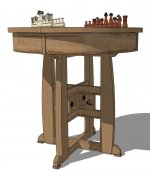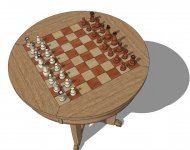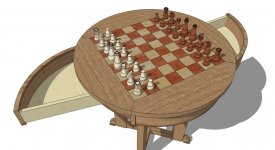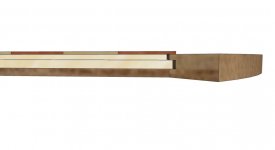- Messages
- 11,642
- Location
- Constantine, MI
I have a commission coming up for a game table with an inlayed chessboard. I'm a believer in end gain for serious cutting boards. I understand the benefits of end grain's 'healing' properties, etc., but I'm a bit fuzzy on why it's also a good idea for a chessboard. Looking on line I find several videos on building either. Perhaps wood movement plays a part. I think it would be easier to get a mirror finish on face grain. What am I missing?





